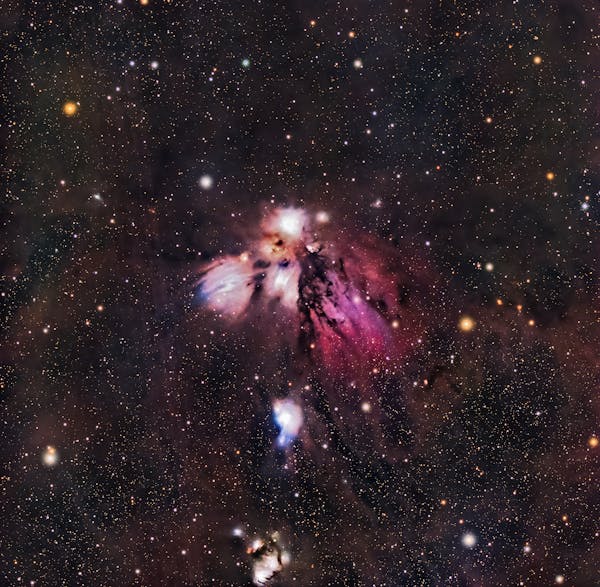A Groundbreaking Find
Astronomers have made an exciting discovery: they spotted two super-bright quasars, which are active black holes, merging just 900 million years after the Big Bang. This is the earliest detection of such an event.

Quasars are incredibly bright and powerful, formed when massive black holes consume gas and dust. This discovery was made using the Subaru Telescope, which revealed these quasars as faint red spots amidst a sea of stars and galaxies.
Importance of the Cosmic Dawn
The period known as the cosmic dawn refers to the first billion years of the universe’s existence. During this time, the first stars and galaxies began to form, and light from these stars started transforming the universe. This process, called the Epoch of Reionization, changed hydrogen atoms by stripping away their electrons, reshaping the structure of the early universe. Finding merging quasars from this time helps scientists understand how massive black holes and galaxies evolved.
Implications for Future Research
This discovery of merging quasars is significant because it helps researchers learn about the early universe’s structure and evolution. It confirms theories about the presence of these objects during the cosmic dawn and provides insight into how supermassive black holes formed and grew. Understanding the behavior and impact of these early quasars will help scientists piece together the history of the universe and the formation of galaxies as we see them today.

The discovery also opens up new possibilities for studying the interactions between early galaxies and the massive black holes at their centers. By analyzing the light from these quasars, astronomers can gain valuable data about the conditions of the early universe. This information will contribute to more accurate models of cosmic evolution.
The merging quasars are like time capsules, offering a glimpse into the distant past and the forces that shaped the cosmos. Future observations with advanced telescopes, such as the James Webb Space Telescope, will likely uncover even more details about these fascinating cosmic events.